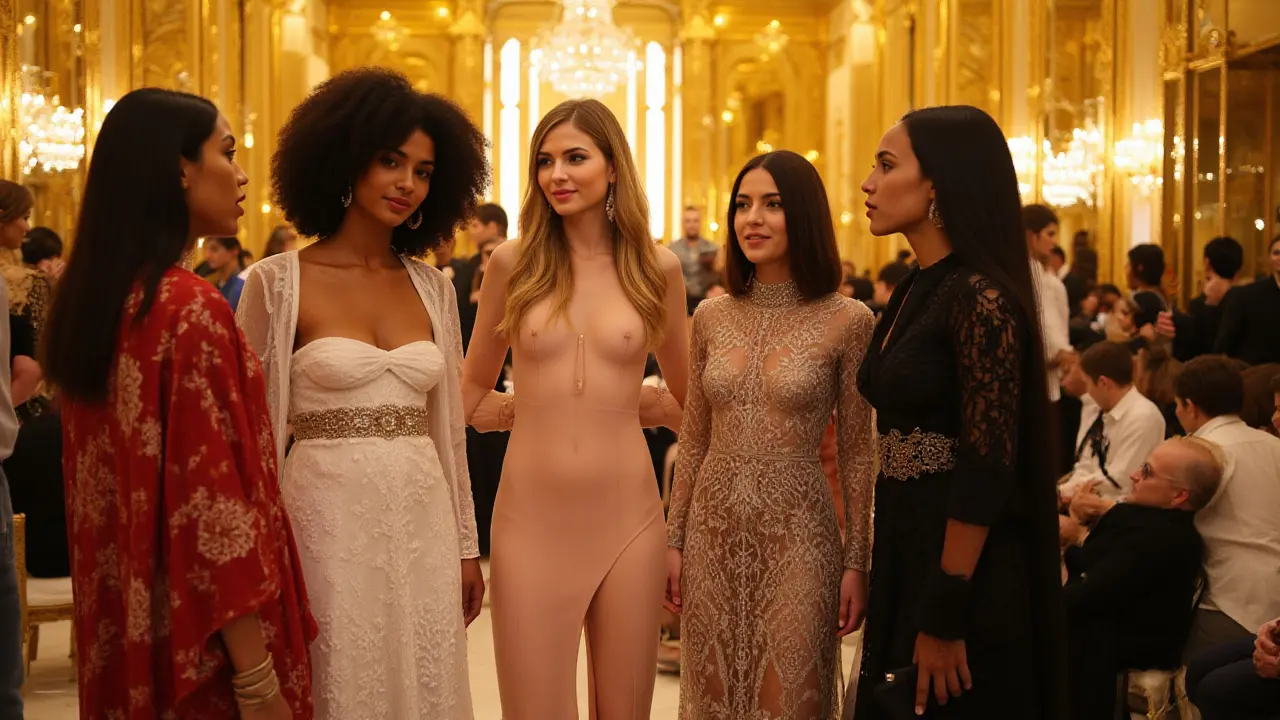Curious about which race has the most models? Dive into the real numbers, industry trends, and why the face of fashion is changing fast.
Race and Modeling: How Diversity Shapes Today's Fashion Scene
Ever wondered why you see more faces from different backgrounds on runways now? The answer is simple: the industry finally sees the market. If you’re curious about how race influences modeling and what that means for your own career, this guide breaks it down in plain terms.
Why Diversity Matters in Modeling
Brands sell to people, so they need models who look like their customers. When a campaign only shows one type of beauty, it limits reach and alienates large groups. Recent reports show that inclusive ads boost sales by up to 20%. That’s why agencies are actively scouting talent from all ethnicities, body types, and ages.
Beyond profit, there’s a cultural shift. Social media gives under‑represented models a platform to build a following before ever stepping into a studio. Influencers like Naomi Osaka and Halima Aden proved that authentic representation can turn a single post into a global movement, forcing designers to rethink casting choices.
Practical Steps for Aspiring Models of All Backgrounds
Start with a solid portfolio that highlights what makes you unique. Use a smartphone’s high‑resolution camera, choose simple backgrounds, and capture a range of looks—casual, formal, and something that reflects your heritage. Real agencies value genuine personality over polished perfection.
Next, research agencies that champion diversity. Look for firms that list “inclusive casting” or have a roster featuring models like you. Send a concise email: introduce yourself, attach a few clean shots, and explain why you’d fit their vision. Keep it under 200 words—agents skim quickly.
Don’t ignore online platforms. Instagram, TikTok, and even LinkedIn can act as virtual scouting grounds. Post regularly, use hashtags like #modelsearch, #diversityinfashion, and tag agencies you admire. Engaging with comments shows you’re professional and approachable.
Prepare for the business side. Learn basic contract terms, understand usage rights, and ask for a written agreement before any shoot. If a deal seems vague, consult a legal advisor or a trusted mentor. Knowing your rights protects you from exploitation, especially when you’re new to the game.
Finally, stay resilient. Rejection is part of any creative field, but each “no” is a chance to refine your approach. Keep updating your portfolio, seek feedback from photographers, and attend local fashion events to network face‑to‑face. The more you show up, the more likely the right opportunity will find you.
In short, the rise of race‑focused diversity in modeling isn’t a fad—it’s a market reality. By building a genuine portfolio, targeting inclusive agencies, and leveraging social media, you can turn your unique background into a career asset. The runway is wider than ever; step onto it with confidence.

